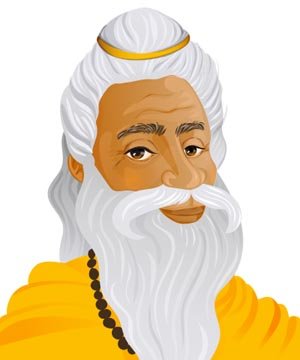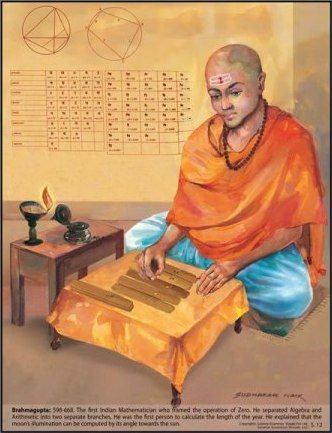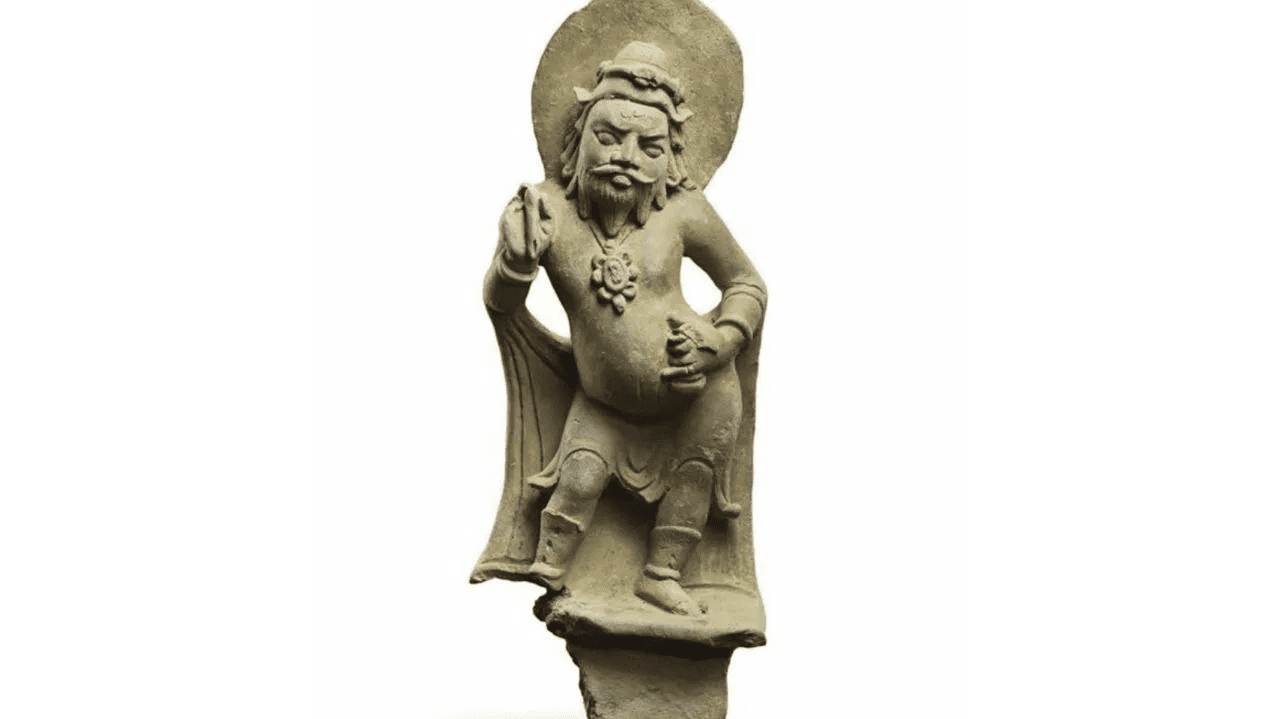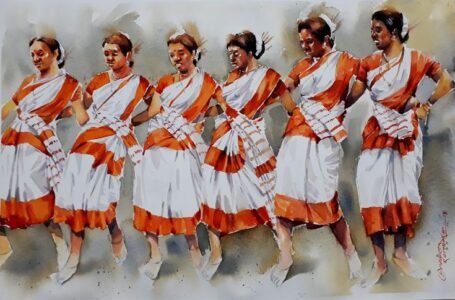The Legacy of Pingala: Father of Binary Numerals
- Ancient history Asian history
 historified
historified- October 31, 2023
- 0
- 1074

Pingala, a revered figure in the realm of ancient Indian mathematics and linguistics, stands as a beacon of intellectual curiosity and innovation that has left an enduring mark on the foundations of these disciplines. His contributions, although veiled by the mists of antiquity, have continued to intrigue scholars and enthusiasts alike, drawing attention to the profound insights embedded in his work. Emerging within the milieu of classical Sanskrit literature, Pingala’s writings have offered us a unique glimpse into the mathematical and linguistic prowess of the early Indian subcontinent, fostering an intellectual heritage that has transcended millennia.

Pingala’s significance lies in his pioneering work in the field of combinatorial mathematics, wherein he explored the intricacies of enumerative techniques and the study of permutations and combinations. His work, most notably encapsulated in the “Chandas Shastra” or the “Prosody Treatise,” provided a systematic framework for understanding metrical patterns in classical Sanskrit poetry. In addition to his mathematical contributions, Pingala’s advancements in linguistic analysis, particularly phonetics and phonology, have underscored the intricate relationship between mathematics and language in ancient India.

Tracing the Origins of Pingala in the landscape of Ancient Indian Mathematics and Linguistics
The origins of Pingala, an enigmatic figure in the annals of ancient Indian mathematics and linguistics, are shrouded in the mists of time, rendering a definitive biographical narrative elusive. Nonetheless, the study of Pingala’s works and his contributions to these disciplines is crucial for comprehending the intellectual heritage of ancient India.
It is widely believed that Pingala lived during a period dating back to the 2nd century BCE, in an era characterised by profound intellectual ferment and cultural exchange on the Indian subcontinent. He is associated with the composition of the “Chandas Shastra,” a seminal treatise on prosody, metrical patterns, and linguistic analysis, which remains a cornerstone of classical Sanskrit studies. However, the exact dates of his birth and death, as well as details regarding his life, remain elusive. This lack of biographical information has led scholars to rely primarily on the internal evidence and content of his works to construct a semblance of his intellectual milieu.

The term “Pingala” is speculated to be either a proper name or a descriptor. It is noteworthy that in ancient Indian tradition, scholars were often identified by honorific names, and “Pingala” might have denoted a particular attribute or characteristic associated with the individual. This has further complicated efforts to identify and trace the historical figure behind the name. As such, the origins of Pingala continue to elude precise historical
documentation, and the study of his works forms the crux of efforts to understand his intellectual legacy.
Exploring the Notable Works of Pingala: Pioneering Contributions to Combinatorial Mathematics and Linguistics
Acharya Pingala emerged as a pivotal figure in the domain of metrical sciences, with his seminal work “Chhanda Shastra” serving as the earliest known treatise in this field. Within this text, Pingala expounds upon the intricate methodologies underlying the formation of the Pascal’s triangle, the binary number system, and the Fibonacci sequence. The term “Chandahsastra” itself denotes the science of metres or “chandah,” which pertains to the rhythmic patterns governing the enunciation of syllables in ancient Indian prosody.

Comprising a total of 315 sutras thoughtfully distributed across eight chapters, “Chandahsastra” elucidates the fundamental units of Sanskrit prosody, namely “Laghu” (single matra) and “Guru” (two matras). Within this treatise, Pingala systematically enumerates various metrical patterns, predetermining the arrangements of “Laghu” (short syllables) and “Guru” (long syllables). This exposition is historically significant as it represents the earliest instance of a binary number system. In addition to its mathematical innovations, the “Chandra Shastra” contributes significantly to the field of linguistic analysis. The work addresses phonetics and phonology, providing a framework for understanding the nuances of syllabic pronunciation and metrical structure in Sanskrit poetry. This linguistic dimension of the text adds depth to the multidisciplinary nature of Pingala’s contributions.
It was the prosodist and mathematician Virahankara, who thrived during the transitional period between the 6th and 8th centuries A.D., that initially elucidated Pingala’s sutras. Virahankara not only introduced the concept of the Fibonacci numbers but also delineated the method for their derivation. Subsequently, Halayudha, a distinguished mathematician who lived in the 10th century, composed an insightful commentary on Pingala’s “Chandas Shastra.” In his meticulous commentary, Halayudha provides a comprehensive elucidation of Pingala’s “Meru Prastara,” which signifies a numerical construct akin to a mountain with a peak, rich with numerical significance. This sequence of scholars and their contributions underscores the enduring importance of Pingala’s foundational work and its continued impact on the development of mathematical and linguistic thought.

Conclusion
In conclusion, this academic exploration of Pingala’s life and contributions has unveiled the profound and lasting impact of this ancient Indian scholar on the domains of combinatorial mathematics and linguistics. Through his seminal work, the “Chandra Shastra,” Pingala pioneered innovative methodologies that foreshadowed mathematical concepts such as the binary number system and the formation of Pascal’s triangle, while also providing a comprehensive framework for understanding metrical patterns in classical Sanskrit poetry. His influence transcends time, as evidenced by the subsequent scholars, including Virahankara and Halayudha, who recognized the significance of his sutras and further expanded upon his ideas.
Pingala’s legacy endures as a testament to the intellectual vibrancy of ancient India, serving as an emblem of the profound interconnectedness of mathematics and language within the ancient Indian intellectual tradition. This exploration has not only shed light on the historical context of Pingala but also underscored the timeless significance of his work, which continues to captivate scholars and enthusiasts, offering a bridge to the intellectual treasures of a bygone era. As we reflect on Pingala’s pioneering contributions, we find an enduring source of inspiration for contemporary scholars and a profound connection to the rich tapestry of human intellectual achievement.


